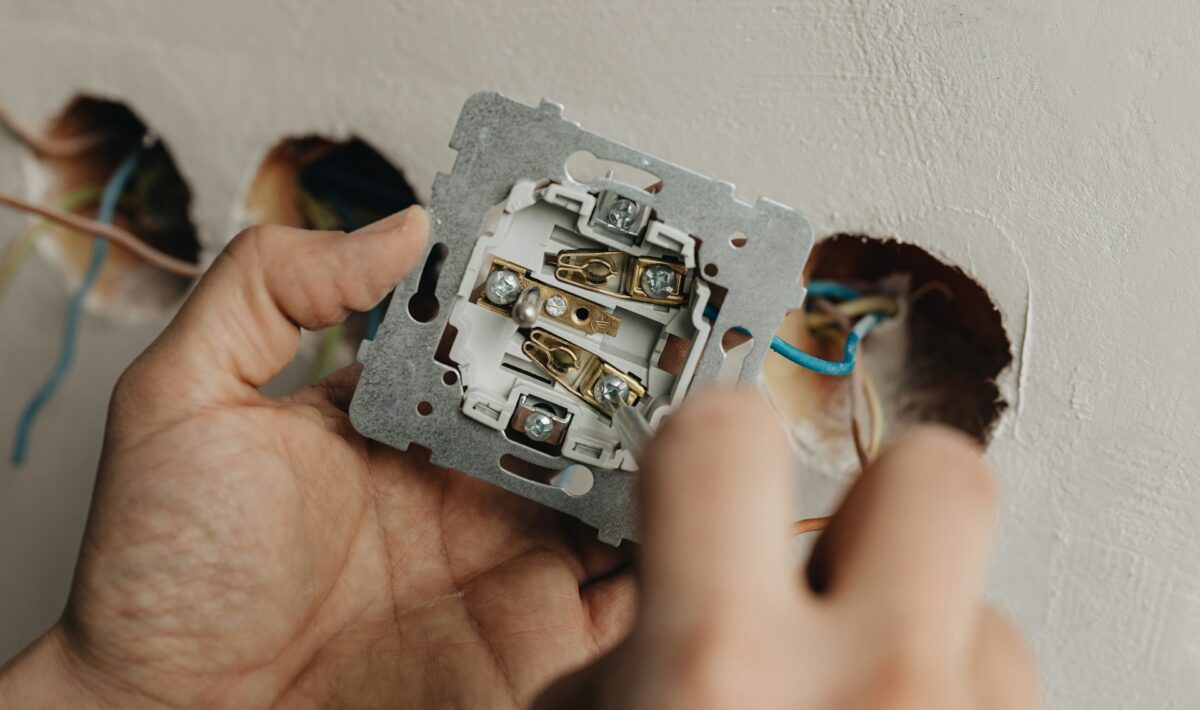In an age where our lives are intertwined with technology, protecting our valuable electronics is more important than ever. Surge protectors, though often overlooked, play a crucial role in safeguarding these devices from unexpected electrical spikes.
If you’re new to the world of surge protection, this guide will walk you through everything you need to know, ensuring your devices stay safe and sound.
What is a Surge Protector?
A surge protector is a device designed to shield electronic equipment from sudden voltage spikes. These spikes can occur due to various reasons such as lightning strikes, power outages, or even normal fluctuations in the power grid.
When a surge occurs, the protector diverts the excess voltage away from your devices, preventing damage. You can learn more about this via professional electricians to expand your knowledge and understanding.
How Does a Surge Protector Work?
Surge protectors function by using components called Metal Oxide Varistors (MOVs). MOVs are designed to absorb excess voltage and divert it safely to the ground. Here’s a simplified breakdown of the process:
- Detection – The surge protector senses an increase in voltage.
- Absorption – The MOVs absorb the excess energy.
- Diversion – The absorbed energy is redirected to the ground wire, away from your connected devices.
Types of Surge Protectors
Basic Surge Protectors
These are your typical power strips but with built-in surge protection. They are ideal for everyday use with computers, TVs, and other home electronics.
Whole-House Surge Protectors
Installed at your electrical panel, these protect your entire home from surges. They are a more robust solution for comprehensive protection.
Specialized Surge Protectors
These not only protect against surges but also provide backup power during outages, ensuring your devices continue to operate.
Key Features to Look For
When selecting a surge protector, consider the following features to ensure optimal protection:
Joule Rating
This indicates how much energy the surge protector can absorb before it fails. A higher joule rating means better protection. Aim for a protector with at least 1,000 joules for basic home use.
Clamping Voltage
This is the voltage level at which the surge protector activates. Lower clamping voltage offers better protection. Look for a clamping voltage of 400 volts or lower.
Response Time
This measures how quickly the surge protector reacts to a surge. A faster response time means less chance of damage. Ideally, the response time should be less than 1 nanosecond.
Number of Outlets
Ensure the surge protector has enough outlets for all your devices. Some models also include USB ports for charging mobile devices.
Indicator Lights
These lights let you know if the surge protector is functioning correctly. A common feature is a “protected” light, which shows whether the device is still capable of protecting your equipment.
Installation and Usage Tips
Placement
Position your surge protector in a location that is easily accessible yet safe from potential water exposure or physical damage.
Avoid Overloading
Do not connect too many high-power devices to a single surge protector, as this can reduce its effectiveness and increase the risk of overheating.
Regular Inspection
Periodically check the surge protector for any signs of wear or damage. If the indicator lights are not functioning correctly, it may be time to replace the unit.
Common Myths and Misconceptions
Myth: Power Strips and Surge Protectors Are the Same
Reality – Not all power strips offer surge protection. While they may look similar, power strips without surge protection do not protect your devices from voltage spikes.
Myth: Surge Protectors Last Forever
Reality – Surge protectors have a finite lifespan. Each surge they absorb reduces their capacity to protect. It’s essential to replace them periodically, especially after a significant surge event.
Myth: All Surge Protectors Are the Same
Reality – Surge protectors vary widely in quality and capability. Investing in a high-quality surge protector can make a significant difference in protecting your electronics.
Surge Protection for Specific Devices
Computers and Home Office Equipment
Use a surge protector with a high joule rating and low clamping voltage to protect sensitive electronics like computers, printers, and routers.
Home Entertainment Systems
Choose a surge protector with multiple outlets and a high joule rating to safeguard your TV, sound system, and gaming consoles.
Kitchen Appliances
For appliances like microwaves and refrigerators, consider a whole-house surge protector or a dedicated surge protector designed for high-power devices.
Benefits of Using Surge Protectors
- Protects Investment – Surge protectors shield your valuable electronics from damage, potentially saving you from costly repairs or replacements.
- Prevents Data Loss – By protecting computers and other data storage devices, surge protectors help prevent data corruption and loss.
- Enhances Safety – Surge protectors reduce the risk of electrical fires caused by voltage spikes.
Maintaining Your Surge Protectors
Regular Testing
Test your surge protectors periodically to ensure they are still functioning correctly. Some models come with built-in test buttons for this purpose.
Timely Replacement
Replace your surge protectors every 2-3 years or after a major surge event. Even if they appear to be working, their internal components may be compromised.
Conclusion: Stay Protected, Stay Safe
Understanding and utilizing surge protectors is a simple yet vital step in safeguarding your electronic devices. By choosing the right surge protector and maintaining it properly, you can protect your investments and ensure the longevity of your electronics. Whether it’s for your home office, entertainment system, or kitchen appliances, surge protectors are an essential tool in today’s tech-driven world.

